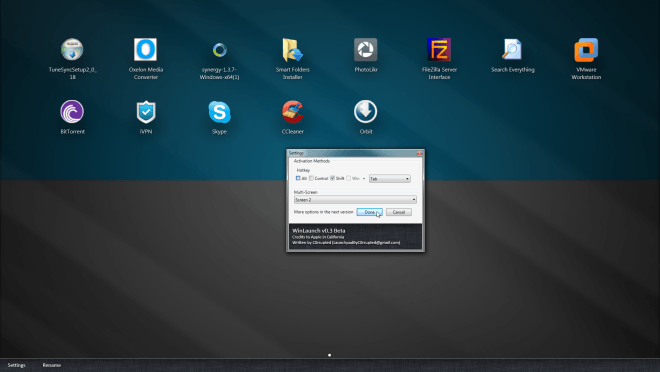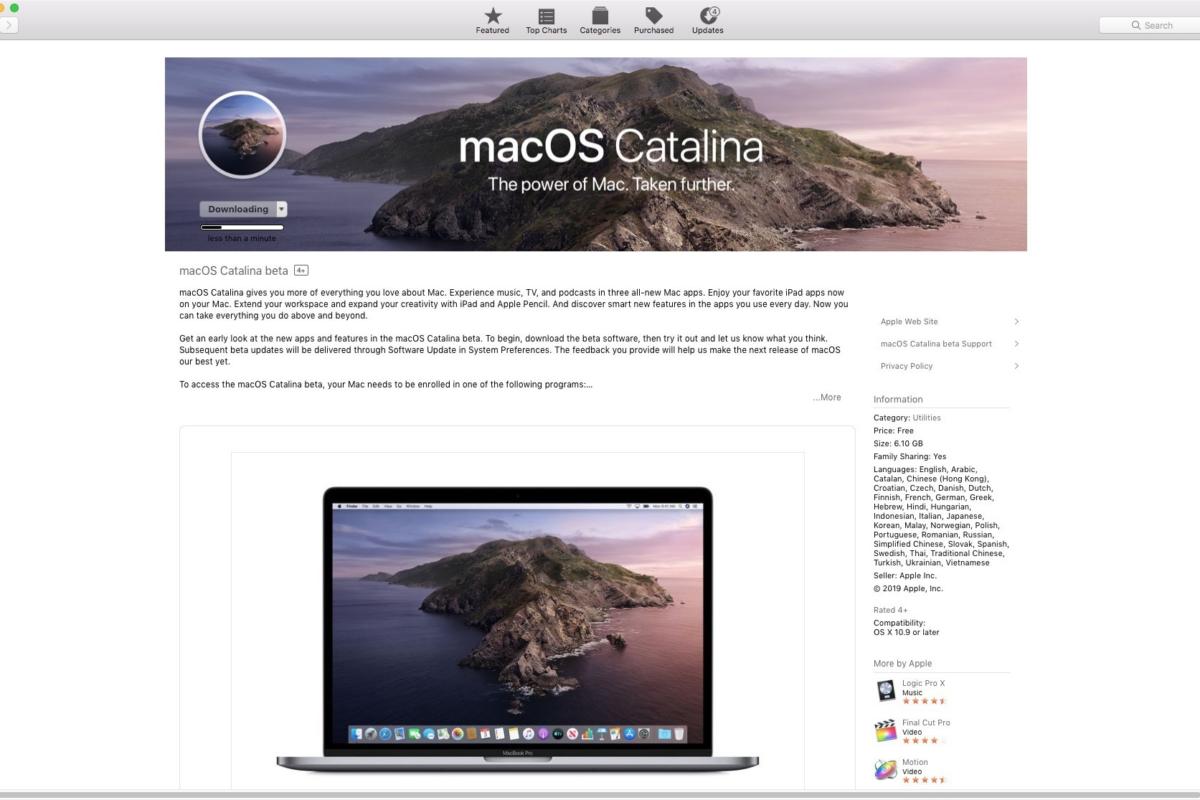고정 헤더 영역
상세 컨텐츠
본문

Starting with OS X Mountain Lion, Apple introduced Gatekeeper so users couldn’t easily install downloaded apps from outside the Mac App Store. When someone downloads an app from somewhere other than the Mac App Store they will get one of a few warning messages depending on what security settings they’ve set in System Preferences. How to run Windows applications on a Mac, without installing Windows. If you only need to run a few specific Windows application on your Mac, then you might not need to go to the expense or hassle. When buying a new MacOS computer, or reformatting an existing one, the most tedious task you need to do is install all of your software apps from scratch. First you have to remember each one and secondly, visiting each app’s website, downloading the app, and installing it takes forever. Installing Mac OS X Applications with Drag and Drop. Under Mac OS X, applications can be provided as bundles. A bundle is the collection of the executable files and other resources that are required for an application. Just install the app, sign in to your PlayStation Network account, and the two devices pair for remote play. Thanks to MacOS, you can use a PlayStation 4 controller via Bluetooth. GateKeeper is the OS X’s security feature that manages this kind of stuff for you. Now what if you want to install an app that is not available on the Mac App Store, and yes you will need to do this quite a lot because there are hundreds of awesome apps that are not available at App Store.
Installing new apps on Mac is a lot more straightforward compared to installing programs on a Windows PC. There’s no need for complicated installation instructions, and you don’t have to watch the screen throughout the whole installation process. However, there are times when installing new apps for Mac can be confusing, especially if it’s your first time. Read on to learn how to install apps on Mac.
How to Install Apps on Mac From the App Store
The App Store is Apple’s app depository. It is where Apple users can download apps for their iPhones, iPads, iPods or MacBooks. To download and install Mac apps from the App Store, follow these steps:
- Click on the Apple logo and select App Store from the menu. You can also access App Store by navigating to Applications > App Store.
- Sign in with your Apple ID and password (if you’re not signed in yet).
- Search for the app you want to install and click Get, then Install app (for free apps) or Buy app (for paid ones). You’ll need to confirm the payment by typing in your Apple ID and password.
Apple regularly reviews every app and update before it releases to make sure there are no problems. You can automate updates, set up password settings for app downloads and purchases, and sync apps purchased on other Macs by going to Apple menu > System Preferences > App Store.
Install Ios App On Mac Os X
How to Install Mac Apps From Third-Party Websites
Apple is quite strict when it comes to developers, so some of them cannot or choose not to release their apps on the App Store. Some developers dislike the lack of deep system access for utilities while others want to release apps and updates without having to wait for the App Store review.
However, if you want to download an installer outside the App Store, you have to be extra cautious and only do so from reliable and reputable sources. It is recommended that you download from the developer’s website and not from unreliable app listing sites. Once you’ve downloaded the installer, it will be sent to the Downloads folder, unless you changed your browser’s settings. Installers come in different formats, including:
- DMG files. These are mountable disk images, and they usually appear in the Finder sidebar. Most DMG files contain a copy of the app, but some of them include an installer that you have to open and install by following on-screen instructions. However, you should not run the app in the DMG folder. You should drag it to the Applications folder instead of where it will be installed on its own. Once done, you have to unmount the DMG file by clicking the Eject icon next to it in the Finder sidebar. You can also Ctrl-click inside the DMG folder and choose Eject.
- ZIP and RAR files. These are archives that contain the app file. Unzip the folder to access the app file and just like the DMG file. You have to drag it to the Applications folder before opening it. Aside from keeping your apps organized, most apps won’t run unless they are in that folder.
- PKG files. These are installation packages that contain scripts to guide the installation process, as well as the files to be installed. PKG files require a multi-step installation process instead of the one-step process of DMG and ZIP files where all you have to do is drag and drop the app files to the Applications folder. The PKG format is often used by apps and utilities that need additional components, system services or files to be placed elsewhere on your Mac. You don’t have to worry because all these processes are automated, and you have to click a few times to let PKG do its thing.
After the Mac apps have been installed, you can directly send the DMG, ZIP, RAR and PKG files to the Trash.
How to Install Apps on Mac From Third-Party App Stores
Install Mac Os On Pc
Many third-party app stores work just like Apple’s App Store. Most of them are specialized in nature and requires a core app to be installed before you can manage which services you want to install on your Mac.
One of the most popular is Steam. It lets you launch your purchased games from within the Steam app instead of the Applications folder. However, it is possible to create shortcuts for the games you want to launch and move these shortcuts wherever you want.
Mac Os Delete App
Another favorite third-party app store is SetApp. It’s like a Netflix for apps where you can get access to several hand-picked apps for a monthly fee. When you install apps using Setapp, the apps will be placed inside the /Applications/Setapp folder.
Warnings When Installing Mac Apps

You’ll most probably encounter security warnings when you’re installing an app outside Mac App Store. For example, when you download an app from the developer website, your Mac will display a confirmation message when you run it for the first time, assuming that you allow apps downloaded from identified developers. It is the default setting, but you can check this in System Preferences > Security & Privacy. You can edit the settings by clicking the lock icon and typing in your admin password.

In the recent version of macOS, the option to run apps from unidentified developers has been removed to protect your Mac from apps created by developers not registered with Apple. However, that doesn’t automatically mean that these apps are dangerous. The developers might have chosen not to sign up, or these apps could have been released before the registration program existed.
If you want to install Mac apps from unidentified developers, you have to override your computer’s security settings. Ctrl-click the downloaded app in Finder and choose Open. You will have to confirm the action before the app is launched. Again, make sure that your apps come from a reliable and trusted source before starting them. If you’re in doubt, back up your system before opening such apps.
Tip: Free up your storage by deleting old log files and unnecessary cached data with an app like Tweakbit MacRepair. It helps clean up your Mac and optimize its performance, making installations faster and smoother.
Installing Mac Os On Laptop
See more information about Outbyte and uninstall instructions. Please review EULA and Privacy Policy.




